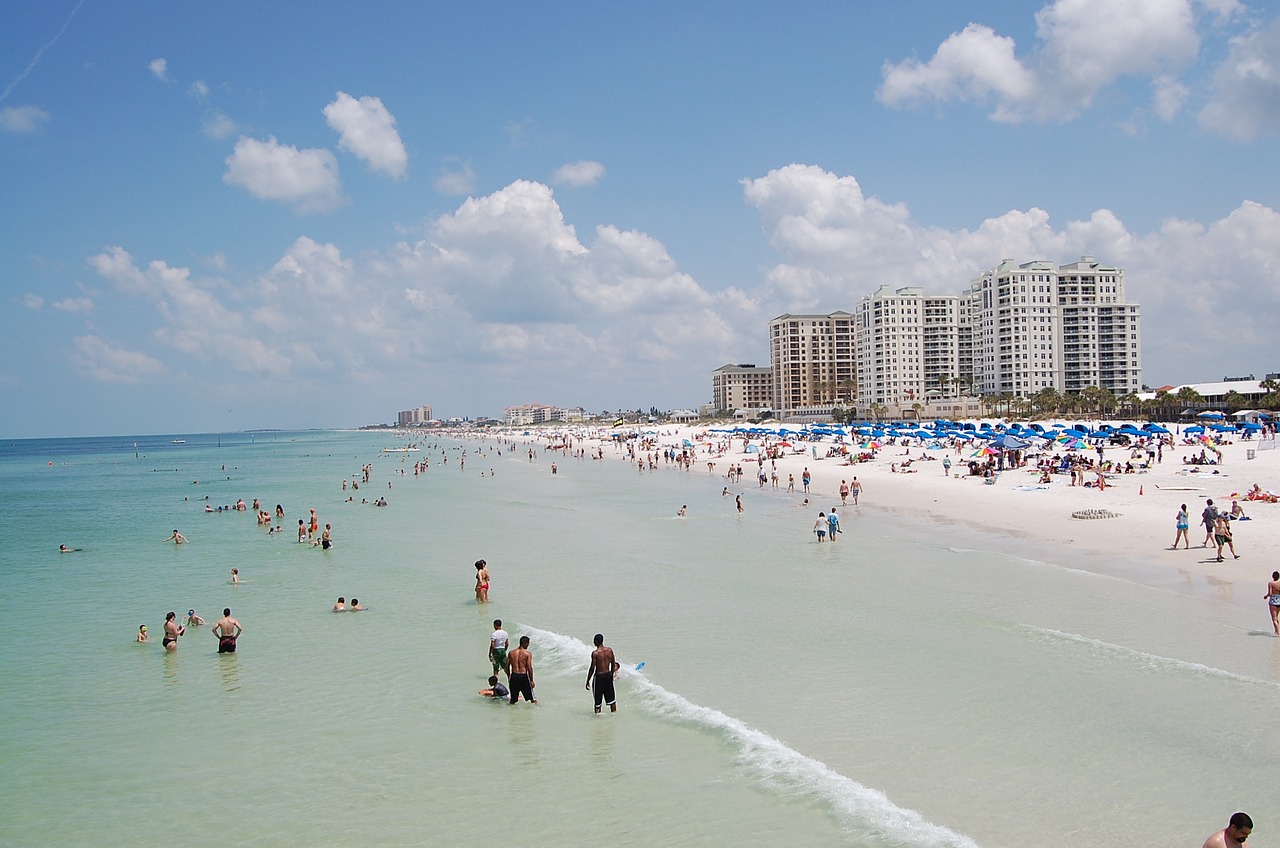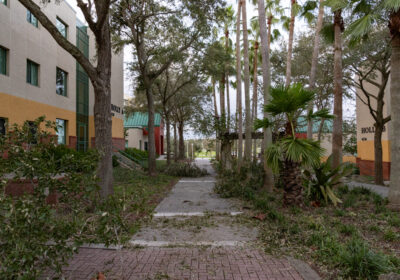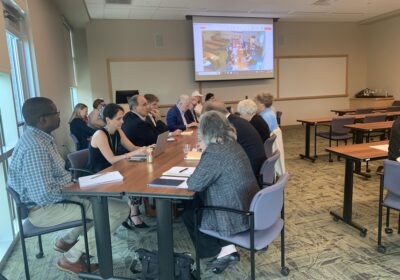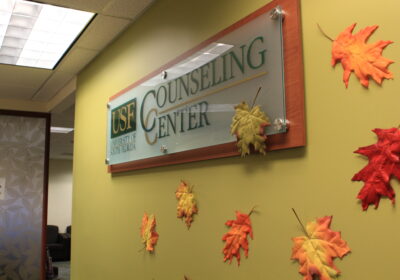USF marine researchers to pursue red tide mitigation efforts with Fish and Wildlife Research Institute

The Center for Red Tide Research at the Fish and Wildlife Research Institute (FWRI) in St. Petersburg will receive $5 million of a $14 million pledge made by Gov. Ron DeSantis on May 4 to marine research labs and environmental organizations to support red tide research and mitigate the spread of harmful algal blooms.
Leader of the harmful algal bloom (HAB) monitoring and research program Kate Hubbard said some of the funds are being put toward enhancing partnerships with other marine research institutes and Florida universities, including USF, citing that these partnerships are critical to furthering the study of red tide in an interdisciplinary manner.
The FWRI has maintained connections with the Mote Marine Laboratory in Sarasota and other universities such as FSU, FGCU, UCF, FAU, UF and Eckerd College.
Several severe blooms have occurred on Florida coasts in the past several years, according to Hubbard, particularly from 2017-21.
These surges contributed to increased mortality in Florida marine life, negatively impacting the state’s ecosystem, public health, fishing industry and tourism economy. Research and mitigation efforts are crucial for these reasons, College of Marine Science Dean Thomas Frazer said.
“The level of investment for red tide is significantly higher these last several years, which will allow [Florida researchers] to refine our sampling programs so we can detect early on the formation of red tide and other harmful algal blooms,” he said.
“[Florida’s] marine environment is critical to all of our coastal counties and economies, so there’s a huge long term benefit to investing in this type of research.”
USF’s involvement in this initiative offers many opportunities for students, according to Frazer.
“There are a number of students that are working on red tide-related projects. They have an opportunity to participate in cruises, laboratory-related research, many of them participate in some of the modeling efforts,” he said. “There’s a tremendous amount of opportunity for our students here in the College of Marine Science and others that are interested in participating in this type of research.”
Another priority for the funds will be to help supply technological equipment for red tide mitigation projects, according to Hubbard.
The FWRI plans to begin a number of different projects researching algal bloom initiation and termination, which introduced the need for more technology, she said.
Along with Mote Marine Laboratory and other partners, the FWRI plans to carry out more collaborative vessel-based surveys, which will involve the use of sea vessels to collect samples. With the increased funding, Hubbard said, they hope to add more parameters to that project.
She also said the task force is looking into using trace metals, such as iron and copper, to track the algal blooms. Autonomous sampling and time series research are planned to continue to track the blooms as they occur and monitor their growth trends over time.
As for community impact, Hubbard said the FWRI hopes to increase its testing on the coasts of Tampa Bay, Sarasota Bay and Charlotte Harbor to identify a larger sampling footprint.
“A lot of what we’re doing is geared toward getting a better understanding of red tide so that we can continue to develop better prediction tools that have been identified by the HAB task force as being really critical,” she said.
“That includes increased sampling, communication and awareness of public health and wildlife risks. It’s something that, without the ability to have a network of dedicated scientists and agencies working on this, I don’t think we would be as far as we are now, and I think things seem like they’re moving along in a good way for the future.”






